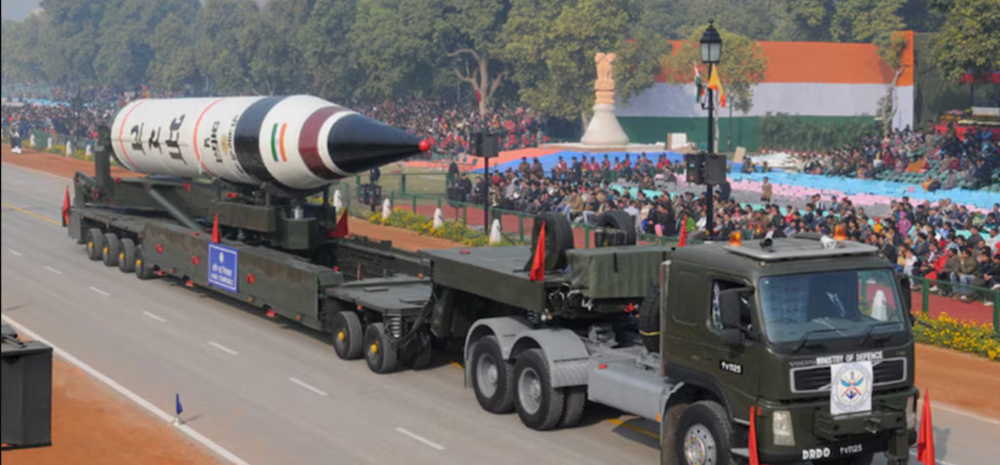Representing a significant advancement in its military capabilities, recently India successfully conducted the first flight test of Multiple Independently Targetable Reentry Vehicles (MIRV) with the Agni-5 Intercontinental Ballistic Missile after several years of hardship.

The Defence Research and Development Organisation (DRDO) conducted a successful test of the MIRV technology hence placing India on an elite list of nations which demonstrates this capability.
On this occasion, Prime Minister Narendra Modi announced on X, “Proud of DRDO scientists for Mission Divyastra the first flight test of indigenously developed Agni-5 missile with Multiple Independently Targetable Reentry Vehicle (MIRV) technology.”
Interestingly, this mission was led by a woman DRDO scientist and several women scientists played a significant role in the mission, according to the sources.
How Does Agni 5 Works With MIRV Technology?
It appears that DRDO scientists have been working on Multiple Independently Targetable Re-entry Vehicles (MIRV) technologies for many years.
With the help of this technology, a single missile like the Agni-5 can carry multiple warheads and independently target locations.
Basically, this latest system developed by DRDO is equipped with indigenous Avionics systems and high-accuracy sensor packages.
This further ensures that the re-entry vehicles reached the target points within the desired accuracy, said the sources.
Considering its operations, Agni-5 being an Intercontinental Ballistic Missile (ICBM) it first goes into space before re-entering the atmosphere.
The missile can hit multiple targets located at different locations and can be engaged from the same missile with several warheads as it supports the MIRV technology.
It is noteworthy here that these warheads could be nuclear or non-nuclear.
Targeting Multiple Location With MIRV Technology
In simple words, these bombs can target locations that are several hundred kilometers apart.
The best part is that some MIRVed missiles can even hit targets separated by a distance of 1,500 kilometers.
With this capability, we can engage multiple targets to have a first-strike move for an edge during times of war.
Earlier, Agni-5 missile had been tested, but it was tested only with a single warhead.
When a missile re-enters the atmosphere, it can reach up to at least five times the speed of sound (5 Mach) with the help of Kinetic Energy as it loses altitude.
Notably, the MIRV technology has reduced the effectiveness of Anti-Missile Defense (AMD) systems as AMD is primarily deployed to engage single targets.
Coming to the Agni-5 missile operational range, it is at least 5,000 km that can target cities.
It won’t be an exaggeration to say that the MIRV technology puts many cities within that range under the target.
Hence, providing a broader safety net and several locations under the missile’s reach.
The truth is that the true range of missiles is always unknown.














